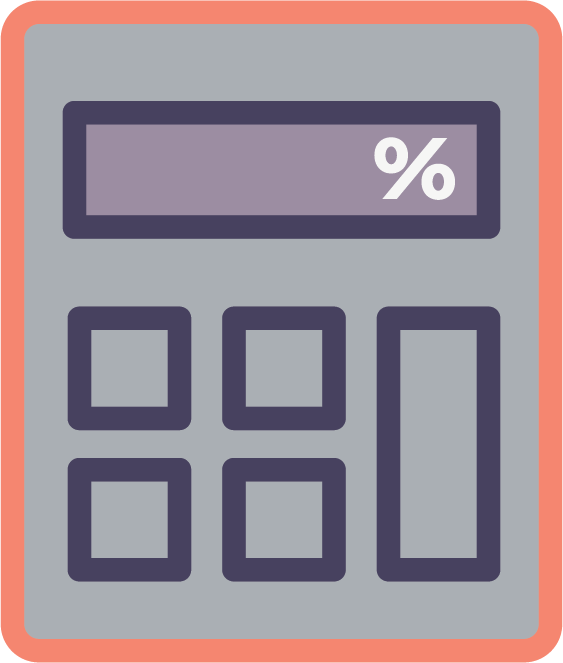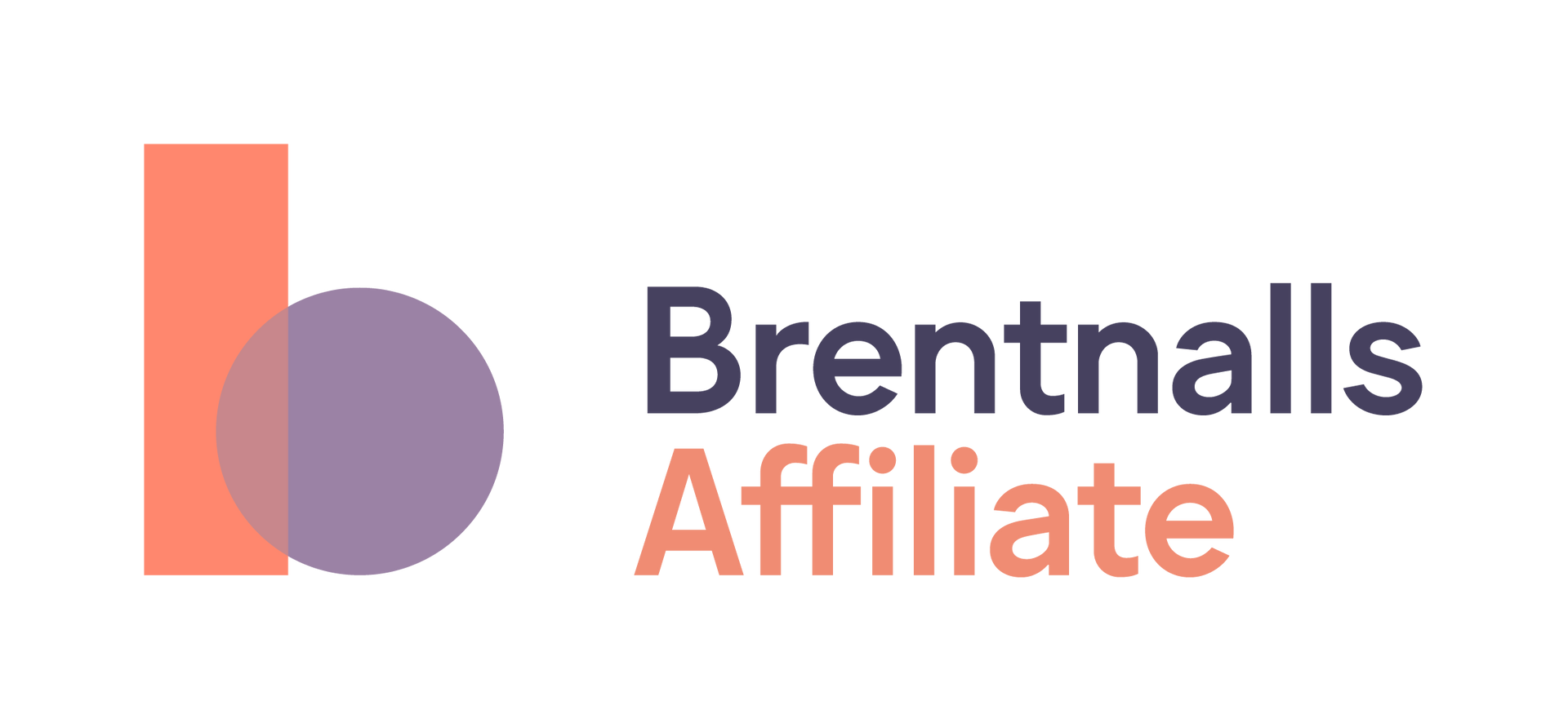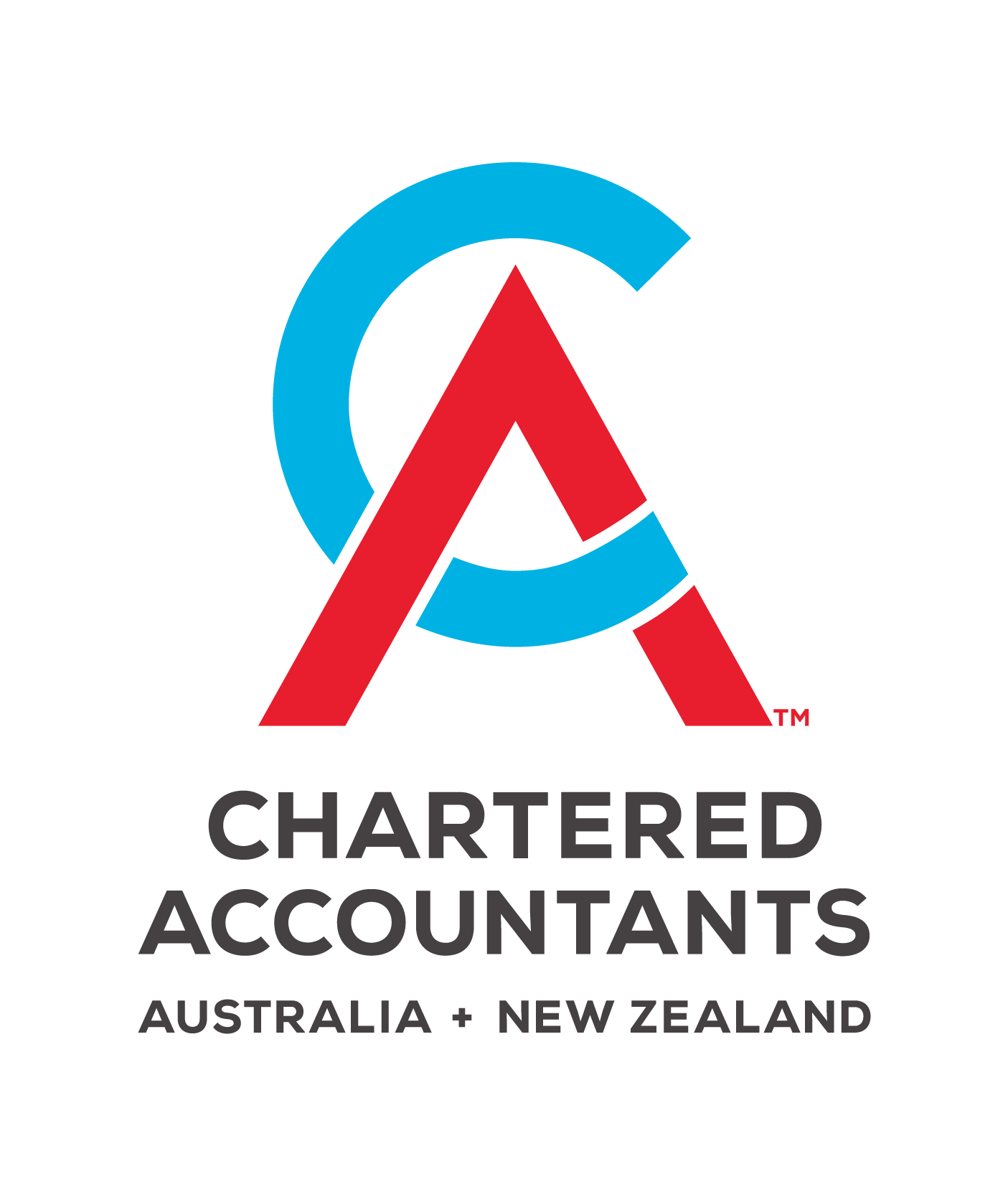News Articles
Maintaining a healthy robust cashflow is essential for all businesses. However, unpaid invoices can severely impact cashflow, causing unnecessary stress that may hinder growth. Here’s some tools which can enable you to improve your business cashflow without having to wait weeks or possibly months for invoices to be paid.
The impact of late payments on Australian businesses
A new report by bank payment company GoCardless1
highlights Australian businesses’ struggle with late payments. More than half of Australian companies fear an increase in late-paying customers in 2024. This concern is well-founded, as one in five Australian business owners and decision-makers estimate annual losses between $6,000 and $30,000 due to late payments. These losses can substantially impact on a businesses financial health and growth.

Recognising the severity of this issue the Federal Government, in the 2024-25 Budget2, allocated an additional $25.3 million to improve payment times for small businesses, supplementing the $8.1 million provided in Mid-Year Economic and Fiscal Outlook (MYEFO) 2023–24. This funding aims to enhance the Payment Times Reporting Regulator’s capabilities, including naming slow-paying businesses.
Despite these efforts, businesses with a pile of unpaid invoices still face cashflow challenges. So what tools are at your disposal to assist with this.
What is invoice financing?
Invoice financing, also known as “accounts receivable financing” or “receivables financing”, allows businesses to borrow money against outstanding invoices. This method helps maintain consistent cashflow despite customers’ varying payment terms or delays.
Instead of waiting for the customer to settle the invoice, the business borrows the invoice amount from a lender. It repays this loan when the invoice is paid, typically with some interest. A typical interest rate is around 10% annually3. The actual cost depends on several factors, including the business’ creditworthiness.
There may also be a service fee and a fee for due diligence, as the lender needs to analyse the invoices to be lent against.
How it works
Invoice financing is relatively straightforward.
Picture this:
you deliver your product or service to a client and send them an invoice with a 30-day payment term. You’re in a holding pattern for the next month, waiting for that payment to come through.
Meanwhile, your cashflow is taking a hit, and unless you’ve got a hefty cushion of working capital, covering your operating expenses can become a real challenge.
Invoice financing is simple compared to other funding options such as “invoice factoring”, which involves selling receivables to a third party for them to collect.
With more lenient qualification requirements, a business with a clean financial slate will likely get approved. This cashflow boost means you can offer flexible payment terms to customers, a game-changer for newer businesses without ample liquid capital. Unlike factoring, invoice financing keeps invoice control in your hands, sidestepping unwanted third-party involvement.
To utilise invoice financing for better cashflow, the following is an example of the steps that can be taken:
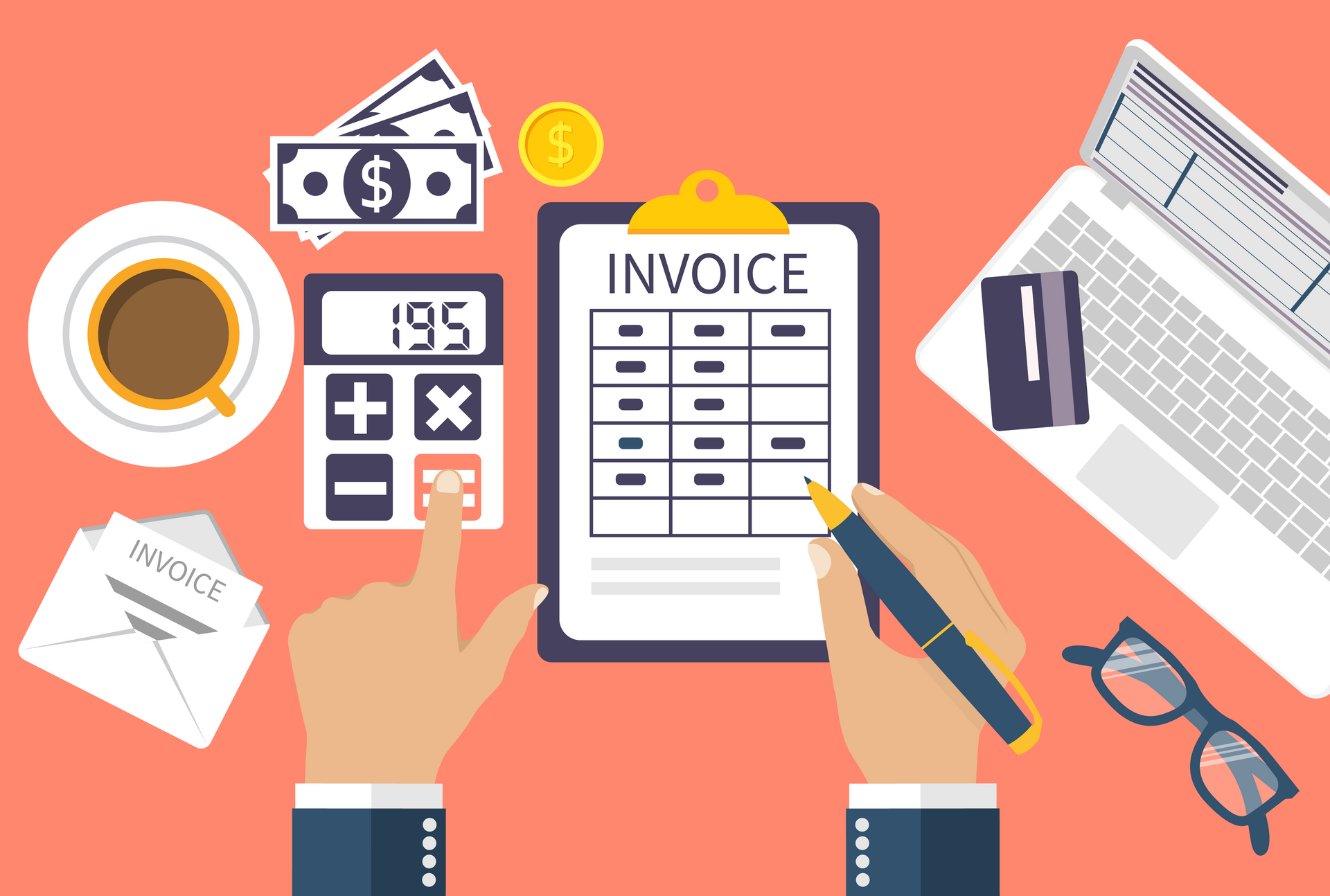
- Issue an invoice to a customer: After delivering goods or services to your client, issue an invoice as normal.
- Submit the invoice to an invoice financing specialist: Select a lender that offers invoice financing services and submit your invoice along with any necessary supporting documents.
- Receive an advance: According to Moula, the lender will typically advance you 80% of the invoice value, and the money will arrive within 2-3 days, minus any fees. Some lenders may even provide same-day advances.
- Get the remaining balance:
When your customer pays the invoice, the lender will release the remaining balance to you after deducting any outstanding interest charges.
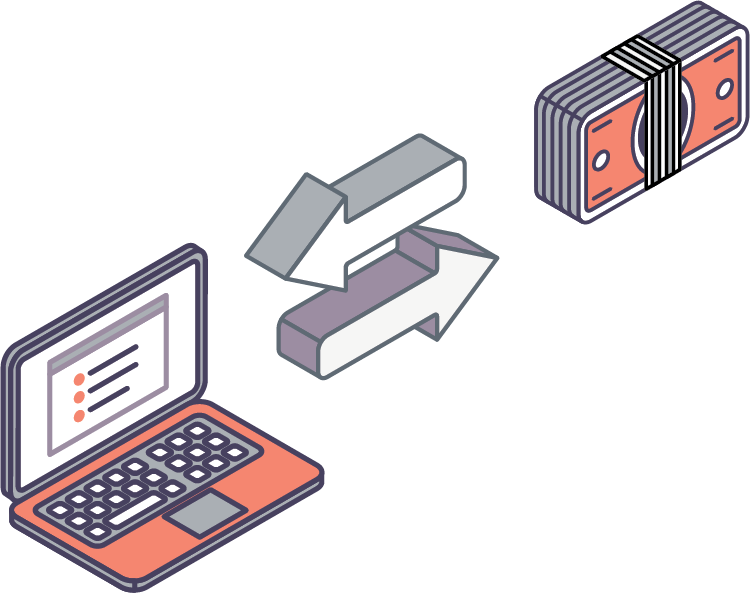
Invoice discounting
Another method for unlocking the cashflow within your trade debtors is invoice discounting. This is where the business has the standard payment terms offering its customers i.e. 14/30 days, however, should the customer pay significantly earlier than this, they receive a discount on their invoice.
An example of this would be that a business issues an invoice to a customer for $1,000 + GST and that invoice has payment terms of 14 days. However, you offer invoice discounting where should the customer pay within 4 days, they can get a 2% ($20 + GST) discount on this invoice. The customer pays in 4 days and you receive $980 + GST 10 days earlier than your payment terms.
Discounting may assist labour intensive businesses who are having to pay their employees periodically but may not receive the cash from the work performed for a significant period after.
Selection of this discount is important to ensure it’s incentive enough for the customer to want to pay early but not significant enough to effect your overall profit.
Finally
To learn more about how to unlock your cashflow gaps from unpaid invoices, contact Brentnalls SA today.
References
- https://gocardless.com/en-au/blog/late-payments-causing-a-cashflow-crunch-for-smbs/#:~:text=The%20report%2C%20surveying%20more%20than,the%20number%20of%20late%2Dpaying
- https://budget.gov.au/content/factsheets/download/factsheet-sml-bus.pdf
- https://moula.com.au/finance/invoice-finance-cost#:~:text=Discount%20fee%20or%20interest%20fee,10%20per%20cent%20per%20annum.
Discuss Further?
If you would like to discuss, please get in touch.
Disclaimer
The information provided in this article does not constitute advice. The information is of a general nature only and does not take into account your individual financial situation. It should not be used, relied upon, or treated as a substitute for specific professional advice. We recommend that you contact Brentnalls SA before making any decision to discuss your particular requirements or circumstances.



